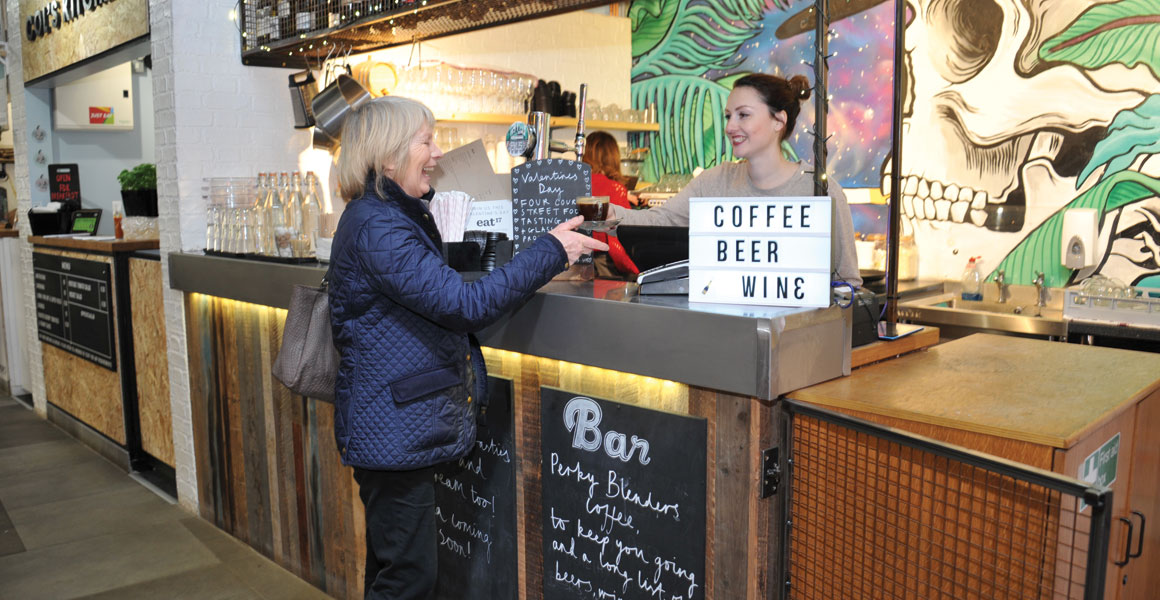How prepared were you for success when you opened the door on your first business venture? Did you take to retailing because you had a knack for trading, for buying or because it was the family business? Are you really an entrepreneur? And what does that word mean?
All of these thoughts were swimming through my mind as business coach Darren Shirlaw stood up on a stage in London and said he wanted to help the audience to grow.
His opening pitch was to describe the economic clock, drawing a squiggly line and saying that the world economy grew for 18 years from 1949 to 1967 and then was flat for 14 years from 1967 to 1981. Then it grew again and he asked us for how long: eventually someone hazarded the guess of 18 years and he said yes, to 1999. And then flat for 14 years to 2013 and now it will grow for 18 years to 2031.
Shirlaw says this economic cycle has operated since the start of time. What it means for you is that you need to be ready to grow when the economy is growing.
But… and there are always buts… first there will be some tough times in 2019 and 2020 before the final boom takes hold in 2021.
The big lesson, he says, is that businesses will be retracting in the next two years and if you are not careful you will be scaling back when the boom times start again. “Don’t panic,” he advises, “For there is 10 years of spectacular growth on the other side.”
Then he paused and asked what growth meant to us as business owners and he made us write it down. What grows your business?
Then he said you need to be very clear about what grows your business. Start every year planning the 12 weeks that you are going to be on holiday and then build your business plan around that, he advised.
But what is growth. If you own a coffee shop with 65 covers and it is only half full, how do you get growth. The first way is to get more customers. This is called sales growth. The second way is to sell more things to those customers. This is called margin growth. But the last way is called strategic growth. For this you need to focus on the future.
“Is your business top down or bottom up?” he asks.
Bottom up is when you start with one coffee shop and then you grow your sales and margins and then expand into a second store and then a third and so on.
Top down is when you start with plans for four coffee shops and are prepared to solve the problems with the mindset that you are going to have four shops. There is an eight-year difference in the speed of growth of the two types of businesses. Top down is the fastest route because you start out thinking about how to solve the problems of scaling your business.
What happens to many businesses when they open a second shop? They make less money. They are working just as hard but making less money. The secret is that your business works better at four than it will at two. Shirlaw has a rule for that too and his business is easily found on the internet.



Comments
This article doesn't have any comments yet, be the first!